Social distancing is a behaviour that millions of people of around the world are now familiar with, used as a tool to slow the spread of the COVID-19 virus.
Some trees have also been keeping their distance from one another but were doing so long before we started.
When one or many trees fall in a forest, gaps occur. But neighbouring trees usually rapidly grow into these spaces.
In some forests, if you were to look up to the treetops, you might spot conspicuous channel-like gaps between the outermost branches of the trees above your head.
This striking border around trees is known as crown shyness. Scientists have been discussing this phenomenon since the 1920s, proposing multiple potential reasons for why it occurs.
Treetop jigsaw puzzles
Crown shyness doesn't occur between all trees. It has been documented in black mangrove (Avicennia germinans), lodgepole pine (Pinus contorta), Japanese larch (Larix kaempferi), some species of eucalypt and several other species.
Typically it's seen between trees of the same species but it can occur between individuals of different species, such as between spiny hackberry (Celtis spinosa) and amberoi (Pterocymbium beccarii).
Some scientists propose that the gaps can be formed by wind moving the canopy and causing abrasion between trees of a similar height. The branches, leaves and buds of neighbouring trees scrape against each other, causing damage and breakages.
A 1955 study of eucalypts in northeastern Australia, where severe wind often causes contact between trees, convinced scientists that abrasion led to the death of the trees' sensitive growing tips, resulting in spacing.
Subsequently, in 1984, research was published on an area of Costa Rica dominated by black mangroves. Scientists picked 22 pairs of trees of a similar height at random and measured the distance between them during still conditions as well as their maximum horizontal movement during gusts of wind.
They found that during calm conditions the branches interlocked 'like loosely fitting pieces of a jigsaw puzzle'. When the wind gusted the branches would often touch and become intertwined. The branches at the edges of the crown shyness gaps were generally found to have broken twigs and fewer leaves than more protected parts of the canopy, suggesting interaction with other trees was a key cause of damage.
As well as occurring between neighbouring trees, the crown shyness phenomenon can also occur between independently swaying branches of a single tree.
Is wind the only cause of crown shyness?
If abrasion is the primary cause of crown shyness, you would expect it to be more pronounced among trees in windy locations than those growing in sheltered spots. But this was found to not be the case in a study of trees in the Monteverde Cloud Forest Reserve in Costa Rica.
This cloud forest is frequently subjected to high winds - they regularly exceed 100 kilometres per hour in some places during winter. Little difference was found in the crown shyness of trees in windy areas compared to more sheltered ones.
The scientists observed that trees in more wind-swept locations had adaptations that make the trees resistant to strong winds, such as thicker trunks and shorter, stouter twigs. These adaptations would minimise the ability of the branches to clip neighbouring trees.
Despite this, there was some evidence of dead twigs at the edges of trees, suggesting the wind does cause some abrasive contact.
While abrasion is a likely cause of crown shyness in some cases, it may not be the only one. In a study of crown shyness in the Malay camphor tree (Dryobalanops aromatica), there was found to be no evidence of direct abrasion.
The scientists studying these trees suggested that in this species crown shyness may instead be caused by the trees' growing tips being able to sense light and so stop growing when they are near to the foliage of neighbouring trees.
Research shows that plants can detect a frequency of visible light called far-red light, which can tell them how close they are to their neighbours. They can also use the blue light in the spectrum to avoid growing into the shade.
Benefits of crown shyness
As with animals, plants also compete for resources - including nutrients, water, space and light - to survive.
In forested areas with dense canopies there is intense competition between plants for light. It is possible that gaps in the canopy resulting from crown shyness allows trees to increase their exposure to light and optimise the process of photosynthesis.
While scientists are still debating the potential causes of crown shyness, there have also been some suggestions for it having additional positive side effects.
Crown shyness can let light reach the forest floor, which could benefit other plants and animals that may in turn be beneficial to the trees.
Additionally, by having branches that do not physically touch those of their neighbours, trees may be able to limit the spread of harmful leaf-eating insects and potentially also the transmission of harmful diseases from tree to tree.

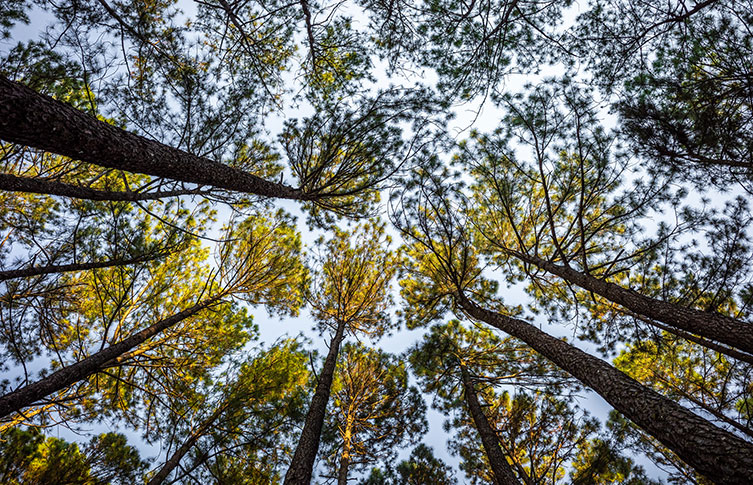
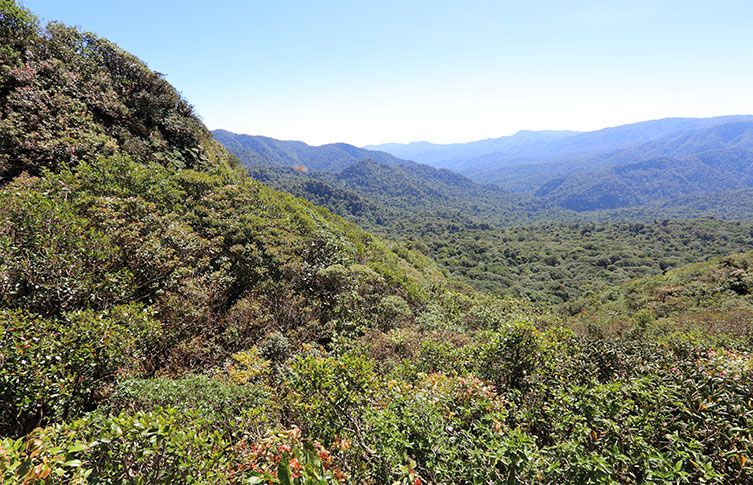

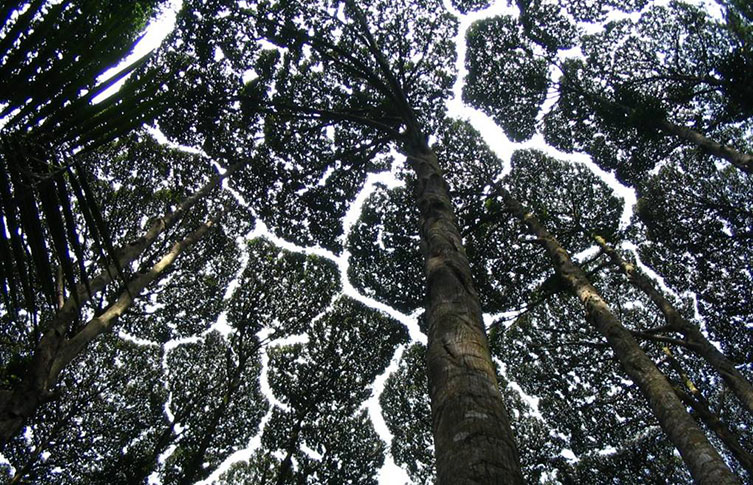
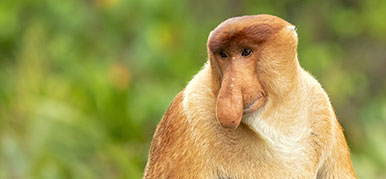


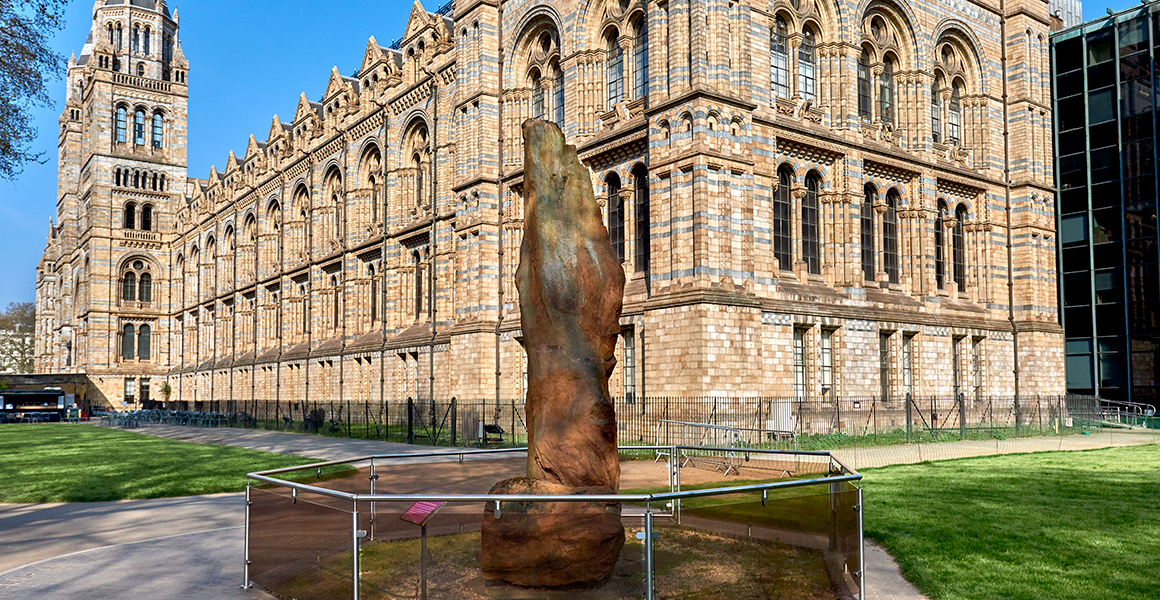
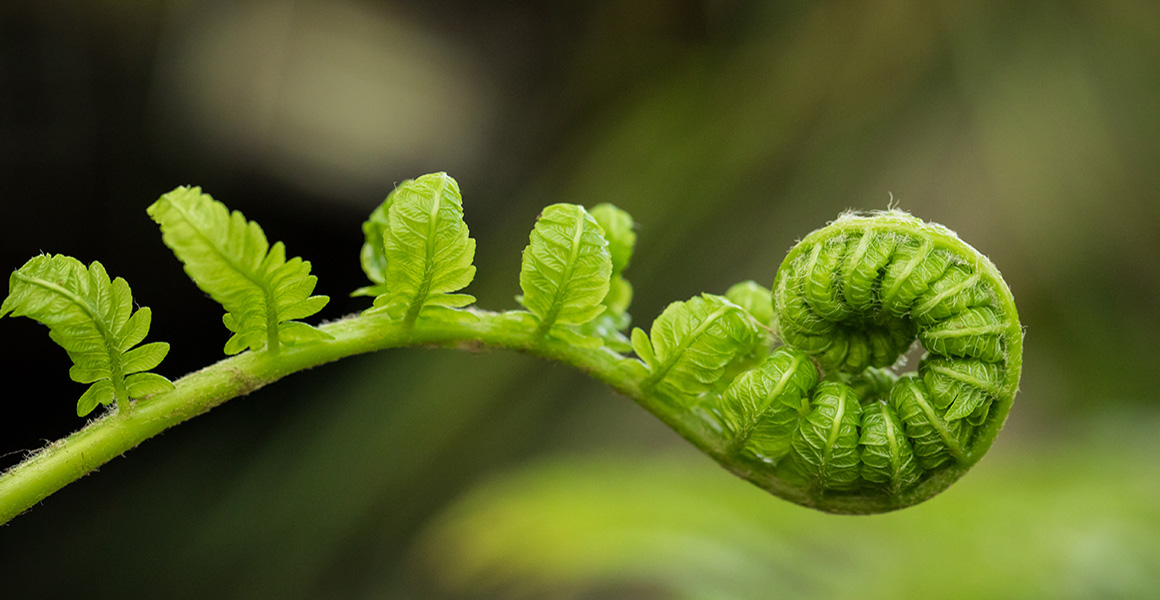
Don't miss a thing
Receive email updates about our news, science, exhibitions, events, products, services and fundraising activities. We may occasionally include third-party content from our corporate partners and other museums. We will not share your personal details with these third parties. You must be over the age of 13. Privacy notice.
Follow us on social media